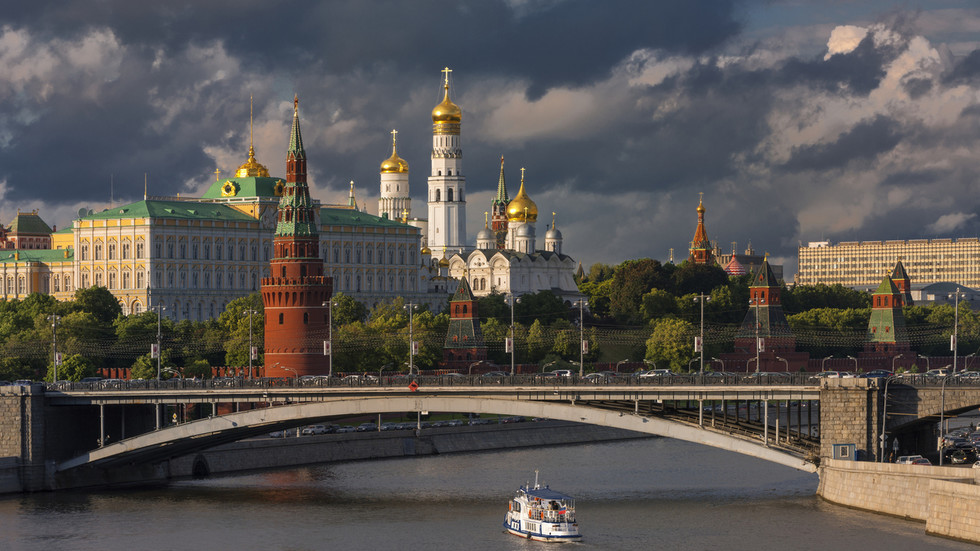The ongoing conflict between Ukraine and Russia has entered a perilous phase, as U.S. President Donald Trump signals a potential escalation in military support for Kyiv. Reports indicate that Trump has privately encouraged Ukrainian President Volodymyr Zelenskyy to strike deeper into Russian territory, even suggesting that long-range weaponry could enable attacks on Moscow. This shift in U.S. strategy could fundamentally alter the dynamics of the war, heightening tensions not only in Eastern Europe
Did You Know
The shortest war lasted 38 minutes.
?
AD
but also in international relations as a whole.
The Kremlin’s response has been swift and stern. Russian officials have warned that increased military aid from the U.S. would embolden Ukraine and complicate already fragile peace negotiations. Trump has been noted to threaten severe sanctions on Russia if a peace deal is not reached within a specific timeframe, creating additional strain in U.S.-Russia relations. While the U.S. insists that its military support is aimed at deterring aggression, to Moscow, it appears as a deliberate provocation, adding layers of complexity and risk to an already unstable scenario.
As the U.S. navigates this precarious political landscape, Trump's handling of the situation raises significant questions about his administration's foreign policy direction. With bipartisan calls for increased arms supplies to Ukraine and assertions that such supplies could change the nature of the conflict, the stakes are high. While the President has publicly cautioned against targeting Moscow, his actions suggest a willingness to engage in a risky game of military brinkmanship. The world watches closely as this new chapter unfolds, with the potential for consequences that could extend far beyond the battlefield.
Q&A (Auto-generated by AI)
What are long-range missiles used for?
Long-range missiles are designed to strike targets at significant distances, often exceeding hundreds of miles. They can carry various types of warheads, including conventional explosives or nuclear payloads. In the context of the Ukraine conflict, long-range missiles are seen as crucial for striking deep inside enemy territory, potentially targeting strategic locations such as military bases or supply lines. Their use can alter the dynamics of warfare by allowing a country to engage the enemy from a safer distance, thereby minimizing risks to ground forces.
How has Trump's stance on Ukraine evolved?
Donald Trump's stance on Ukraine has shifted notably over time. Initially, during his presidency, he faced criticism for perceived leniency towards Russia. However, recent reports indicate a more aggressive approach, suggesting he is considering sending long-range missiles to Ukraine to deter Russian advances. This marks a significant change from his earlier reluctance to provide military support, reflecting a response to the ongoing conflict and a desire to bolster Ukraine's defense capabilities against Russia.
What is the significance of US sanctions on Russia?
US sanctions on Russia are significant as they aim to pressure Moscow into altering its aggressive behaviors, particularly regarding Ukraine. These sanctions can target various sectors, including finance, energy, and defense, crippling the Russian economy and limiting its military capabilities. The sanctions serve as a diplomatic tool to signal disapproval of Russia's actions, such as its annexation of Crimea and ongoing military support for separatists in eastern Ukraine. Their effectiveness is often debated, but they are integral to US foreign policy in addressing international aggression.
How do long-range weapons impact warfare strategies?
Long-range weapons significantly impact warfare strategies by enhancing a military's ability to project power and strike at distant targets. They allow forces to engage enemies without direct confrontation, which can reduce casualties and provide strategic advantages. In the Ukraine conflict, the potential introduction of long-range missiles could enable Ukraine to target key Russian military assets deep within occupied territories, thereby disrupting supply lines and command structures. This capability can shift the balance of power and alter the tactical landscape of the conflict.
What role does NATO play in Ukraine's defense?
NATO plays a crucial role in Ukraine's defense by providing political support and military assistance. While Ukraine is not a NATO member, the alliance has increased its presence in Eastern Europe to deter Russian aggression. NATO conducts joint exercises, shares intelligence, and supplies military equipment to bolster Ukraine's defense capabilities. Additionally, NATO's commitment to collective defense serves as a deterrent against further Russian incursions, emphasizing the alliance's importance in maintaining regional stability and supporting Ukraine's sovereignty.



















